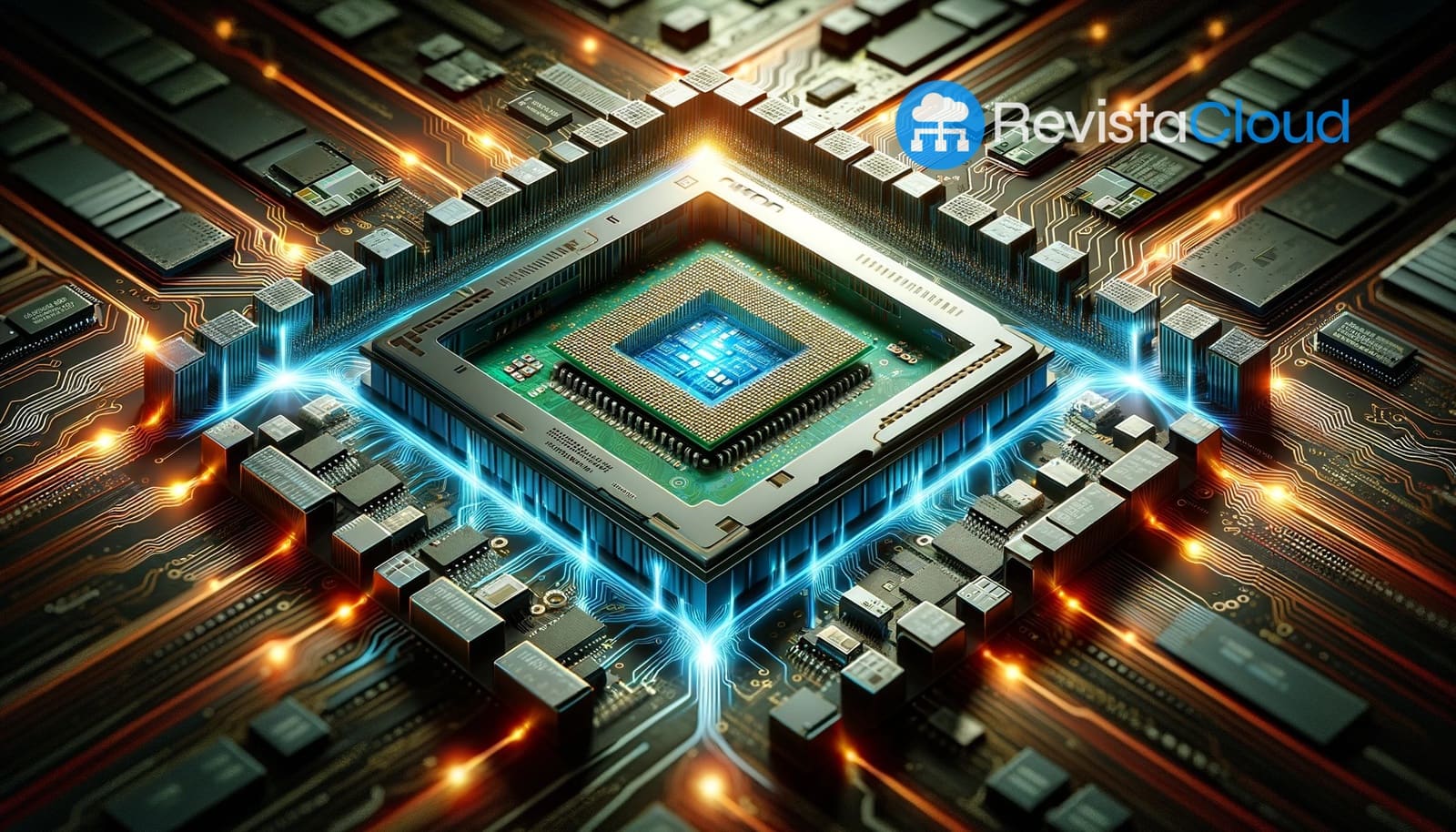The innovative advancement of Artificial Intelligence allows for data analysis, pattern recognition, robotics automation, and perceptual awareness, giving it the analytical capacity and efficiency inherent to humans. This is a market estimated to reach $2 trillion by 2030, which signifies a revolution in production and its adaptation across all sectors.
Ignacio López Monje, Vice President for Southern Europe at Arrow’s Enterprise Computing Solutions division, examines the rapid advancements that this technology brings, as well as the risks it can entail and how to address them:
“Intelligent applications are becoming more prevalent, driven by sophisticated learning algorithms and neural processing networks that support complex calculations and quick decision-making. While AI has been in use since the 1950s, it is only now experiencing exponential growth.
To navigate this evolution, the Defense Advanced Research Projects Agency (DARPA) has divided the progression of AI into “waves”:
– First Wave “discover and recognize”: In this initial phase, rule-based systems were developed. Machine Learning, which encompasses technologies and algorithms for data training, enables AI systems to identify patterns and draw logical conclusions. Leveraging past experiences to gain a better understanding, automated teams can analyze their surroundings and make contextualized decisions quickly.
– Second Wave “feel and see”: Based on training datasets and learning, AI allows systems and robots to perceive environmental information that supports intelligent analysis. This is known as “computer vision” due to its ability to give modern teams “eyes.” Driven by a combination of sophisticated hardware and software components, computer vision relies on AI to analyze, interpret, and adapt, supporting increasingly intelligent actions.
As productivity driven by AI grows, there is a need to exponentially expand power management demands and data administration it relies on. This requires increased speed and capacity in data centers, sensors, sophisticated components, and ultra-reliable connector sets designed to withstand demanding environments.
Balancing the risks and promises of AI potential:
As the saying goes, “with great power, comes great responsibility,” as AI development itself can become a threat if manipulated for unauthorized purposes. In a traditional security approach, vulnerabilities are attributed to problems within the system structure. AI introduces new vulnerabilities due to its complex data models and interdependence, presenting a dual nature of AI and thus, a challenge to corporate security. A scenario could arise where an AI system designed to defend infrastructure faces off against another AI system designed to bring it down.
In response to this scenario, companies must adapt and redefine their protection strategies to prevent AI from manipulating their datasets or systems. Surveillance becomes paramount.
Some best practices include examining the product or AI system lifecycle for vulnerabilities, assessing data security and availability used for algorithm training, developing specific threat mitigation plans for AI, and integrating them into overall recovery plans in the event of a cyberattack. Furthermore, having a specialized IT and security services and solutions provider will help companies understand, execute, and profit from comprehensive security.
In conclusion, the Generative AI revolution holds a world of possibilities for business performance, enabling companies and channel partners to identify new business opportunities, enhance efficiency, and discover new potential revenues to evolve their businesses. However, it is crucial to consider that the use of this technology can also lead to cybersecurity vulnerabilities. Striking the right balance and seeking advice from experienced and specialized partners can be a winning combination.”

